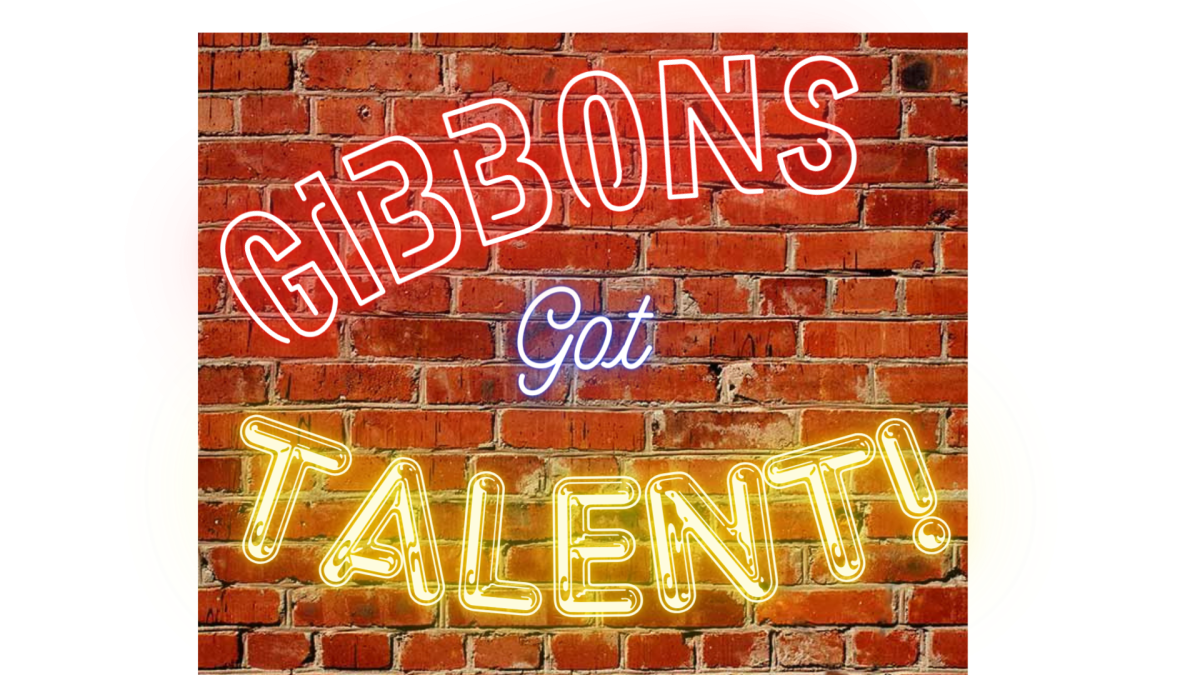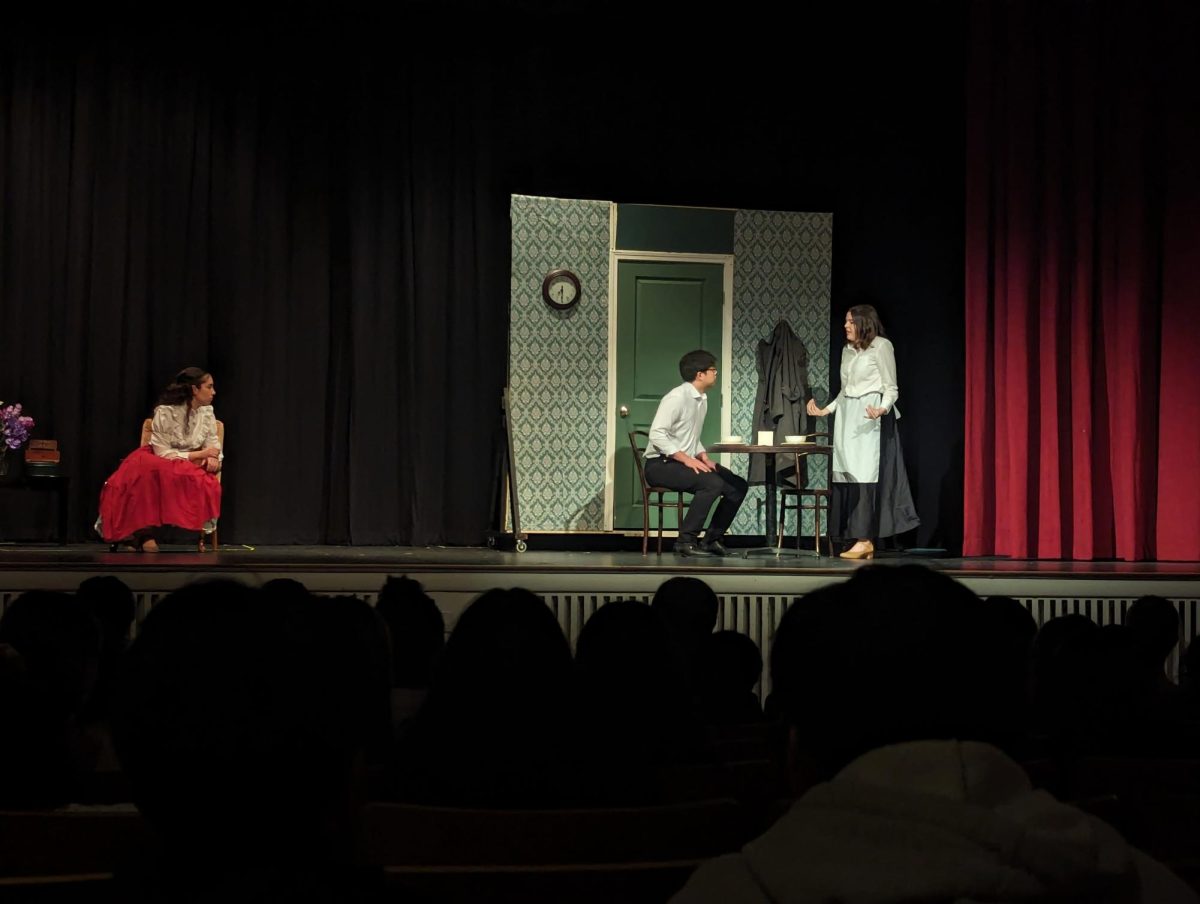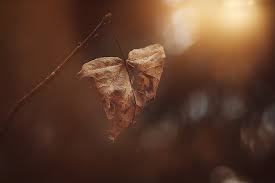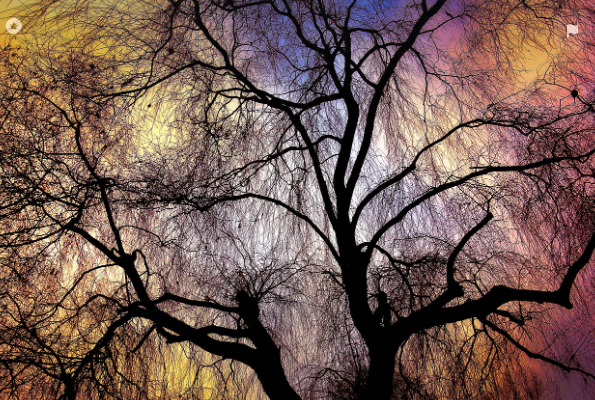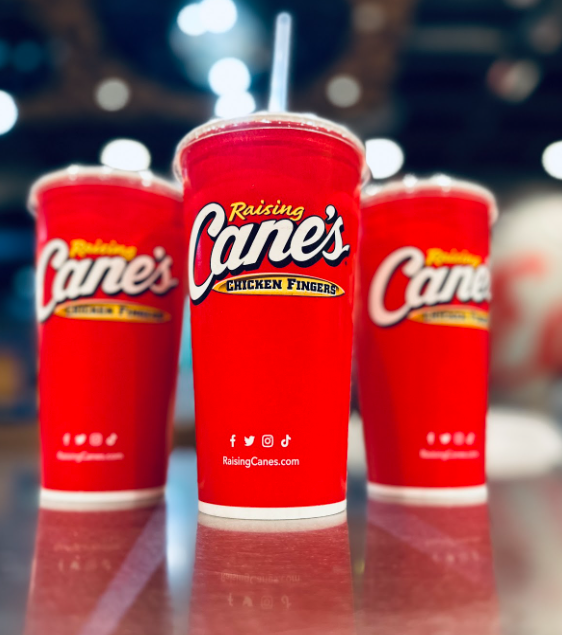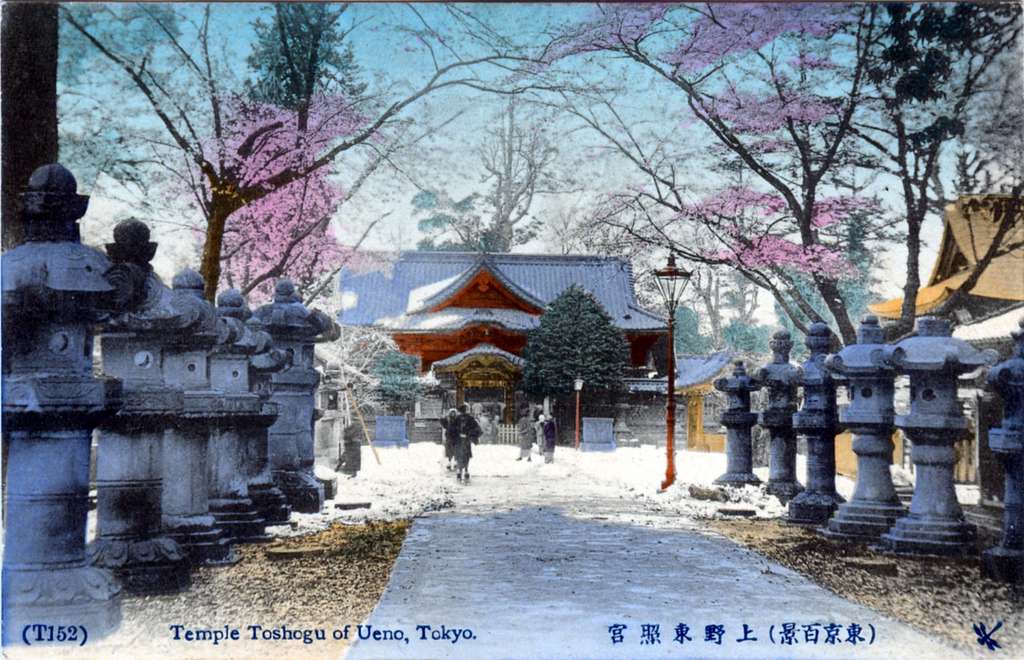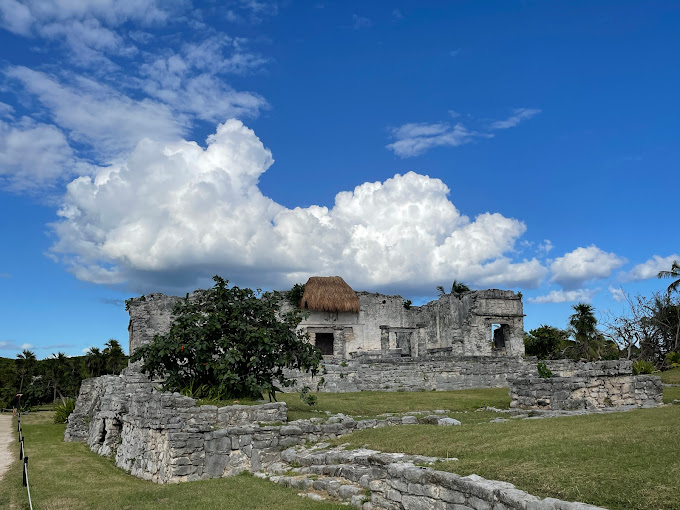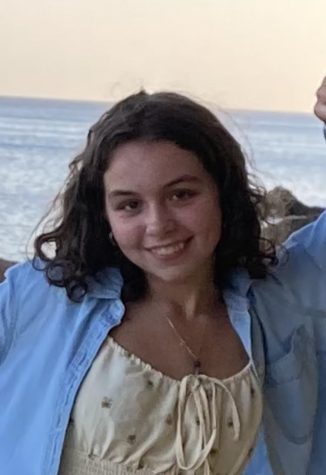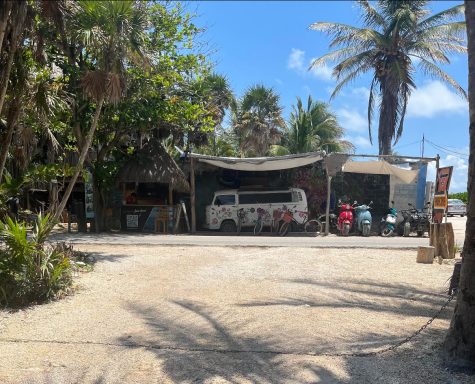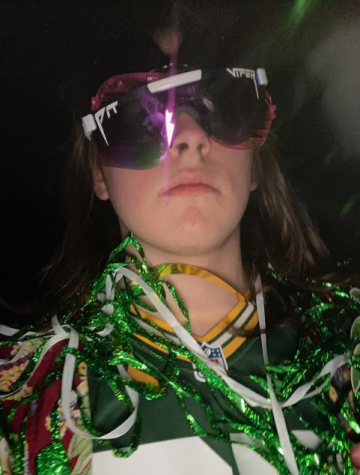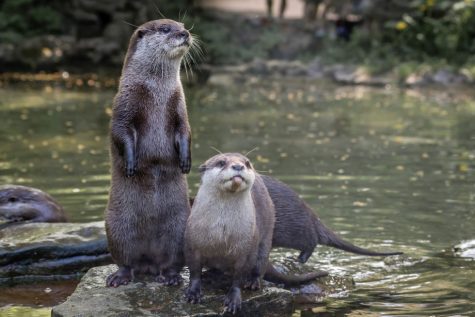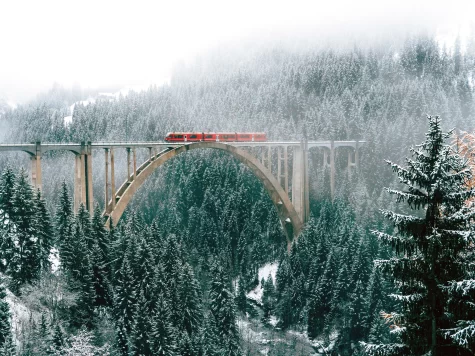A Day in Tulum
June 16, 2023
Narrated by: Lee Urbina
Imagine this: You’re walking down la calle while the humid, tropical air grazes across your skin. Suddenly, something scurries ahead of you, blocking your path. You don’t blink an eye because you see that it is only a friendly iguana. As you wait to cross the street, you wave to a woman on an ATV driving home with her groceries. Different genres of music circulate the air. The sounds of a ukulele are coming from a man riding a bike with no hands, and live Mariachi music coming from a nearby restaurant shimmies its way into your ears. Anywhere else, this music would clash, be too overwhelming. But somehow it works when you’re in Tulum.
Tulum is located on the Yucatan Peninsula on the east side of Mexico. This city was not a common vacation spot until recently. It is now known as a laid back beach town. Tulum means “wall” in Mayan, but the original name may have been “Zama,” meaning “dawn” because it faces the ocean. Tulum was first inhabited by the Mayan people in 300-900 CE. Some say that Tulum has survived so long because of its Quintana Roo jungle. After all, the jungle’s resources are what helped the Mayan people survive the Mayan collapse and Spanish colonization. Looking back on my trip, I remember seeing the words “Quintana Roo” pop up all over Tulum. Sure, it was often used for commercial purposes, appearing on billboards and the backs of buses. However, the frequent mention of the jungle pays tribute to it, and shows just how much the people of Tulum have relied on the jungle for centuries.
On my first full day in Tulum, my family and I set out to explore the Mayan Ruins. On the long walk there after we parked, I was greeted by a warm rainstorm. Afterwards the warm scent of damp soil and wood emanated in the air. Two red tejones darted out in front of me as I walked down a beaten path towards the ruins. It was almost as if the rain had awakened the wildlife who were accustomed to the shockingly consistent sun. I approached a clearing, and there it was — the ruins. They were made of ancient limestone. Many parts, like the roof, were demolished, but they still managed to display a temple-like structure. These ruins were built in honor of the god of wind, Kulkulkan. I could see why, for the ruins were located on a cliff overlooking the ocean. Here los vientos are wild and unpredictable. I can’t be sure why the Mayan people chose to honor the vicious wind of all things, but I can only guess that these ruins were built as a peace offering.
On the walk back from the ruins, towards the beach, I realized how desperately thirsty I was. Before I knew it, there was a very strategically placed vendor right before my eyes. From behind a table with a wooden sign attached to it, a man yelled, “Cocos!” I watched as the man casually sliced the top off of the coconut with un machete, then placed a straw in it and handed it to me. The coconut water was more refreshing than flavorful. Soon enough, my straw stuck to the bottom when I tried to sip, though it felt like I had just started to drink. Then, I handed the coconut back to the man and he pulled his machete out for act two. This time, he removed el endocarpio de un coco, so I could eat it in slices. I didn’t feel full after eating it, but it didn’t matter. I was too distracted by my next adventure to care.
We ended up at a beach with overcast skies frowning down upon us. After a while, a motor boat washed ashore. As I struggled to climb onto the boat, I was greeted by a shirtless tour guide. He was going to take us out to el arrecife to go scuba diving. He powered the boat up, and I shivered in my life jacket while the wind blew my hair every which way. I looked over at los acantilados above the beach and I could see the ruins. Our tour guide handed me a swim mask and a snorkel. I was momentarily concerned because it had only been sanitized by a humble bucket of water. But I had no time to dwell on that because the boat came to a halt. The tour guide jumped off, rocking the boat as he did so. I stood up to follow, but I hesitated. Images flashed through my mind. I blinked. Just go, I told myself. The shock of el agua the street brought me back, my head got shoved under the boat, and a slimy tentacle brushed across my foot.
In a second the delightfully warm water cradled my body and my mouth opened to meet the salty air once more. I submerged my head again and stared. A large sea turtle hovered elegantly below me. She went about her business unbothered, moving through the water as if in slow motion. I swam forward. Next, I saw a flat gray stingray. I’d seen stingrays before, but only little ones swimming in a tank. This one was so much bigger than the image in my mind. My first thought was, “Wait…sting rays sting,” and my heart flicked on its sirens and started pounding like crazy. But the stingray seemed friendly enough, completely oblivious to me in the same fashion as the turtle. As I swam out farther, the coral got closer to the surface. I remembered being told in the past not to touch live coral so it does not get damaged. I pulled my knees into my chest and watched the coral sway to the music of the underwater breeze. When I popped my head up this time I noticed that the clouds had finally given in and the rain was bouncing off the water. With child-like excitement the tour guide said, “Look at this!” He held a seastar out to me and I took it in my hand. It was the color of a plum and it had long, skinny legs, resembling a tiny octopus. The seastar squirmed out of my cupped hand. Soon it was time to go. Our tour guide led us back into the boat and we sped to shore.
My salty hair dried within minutes in the humid air, and I put on a long white dress to wear to dinner. At the outdoor restaurant, a man with a long white beard played solemn music in Spanish. I ordered a burrito, and was close to bursting by the time I was finished. The night comes to a close, and in some sort of miracle, the ever-persistent sun begins to set, just like it does everywhere else in the world. And here I am again, here we are again, dancing down the sidewalk. We watch people go about their evenings on ATVs, bicycles, or their own two feet as we bask in the tranquil twilight of Tulum.
Glossary:
La calle – the street
Mariachi – genre of Mexican music
Tejones – badgers
Los vientos – the winds
Un machete – a machete
El endocarpio de un coco – coconut meat
El arrecife – the reef
Los acantilados – the cliffs
El agua – the water




